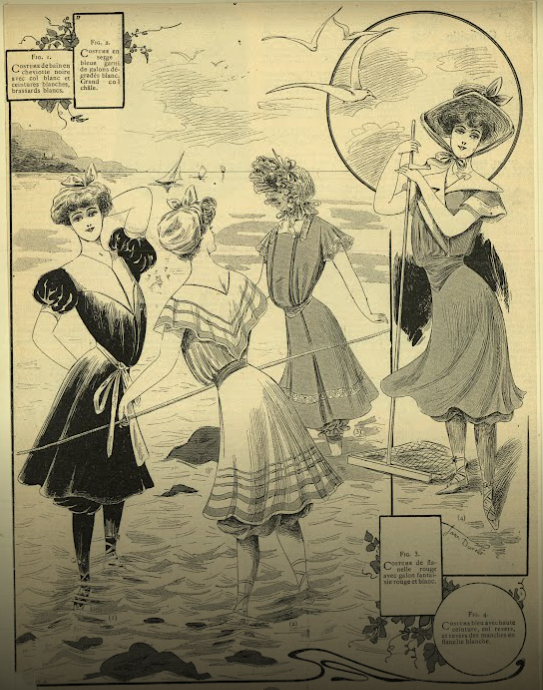Make way for the Year of the Dragon! The Chinese zodiac signs, similar to the astrology calendar, are animals that represent the year to come. Your zodiac sign can tell a lot about you. People born in the year of the dragon are more strong and independent. The last year of the dragon was in 2012. The new year’s animal plays a big part in the decorations, so every year can look a little bit different. But there are some decorations that are always necessary to ring in the new year. Lanterns are one of them. Usually sporting the color red for good luck, paper lanterns are hung up all over the place. From stores and streets to right inside your home. Another very popular decoration is display couplets. Almost always red, and with black Chinese characters written along them, display couplets are mainly hung in doorways. With two long strips for the sides, a smaller one for the top of the entrance, and a big center one right in the middle of the door. Don’t forget the flowers! Although it is celebrating the arrival of the new year, the Chinese New Year is often referred to as the Spring Festival. So no surprise, floral decorations are extremely common. The most frequently seen flowers are orchids, chrysanthemums, peonies, peach blossoms, and narcissuses. All of these flowers are associated with luck, good fortune, riches, or all of the above. The decorations are all vivid and full of color, truly bringing the city to life for the New Year.
The Chinese New Year is a big celebration, one that the whole family gets together for. Like lots of other holidays, the new year is when families gather from all over to share laughter and conversation and most importantly, food. There are so many different dishes served for New Year’s, it’s the biggest meal of the year. One of the absolutely non-negotiable items though is a seafood dish. Fish is seen as immensely lucky, so it’s very popular for the New Year. Often, it’s served as Dayu Darou, a dish of whole meat and/or fish in sauce. Also good luck to eat for New Year’s is Changshou Mian, or long-life noodles. These noodles are a whopping 2 feet long each, and symbolize the wish for a long and healthy life. Dumplings are another delicious dish, but they aren’t just reserved for New Year’s. In the cold winter months especially, dumplings are one of the best meals to come home to. Nothing like a bowl of steaming-hot dumplings to fill you up! There are so many other traditional dishes served for New Year’s, from Laba Congee to Chun Juan, and Babao Fan.
There are traditions for almost everything, but one of the first things you think of is holiday traditions. Maybe you have a barbeque for Independence Day, or you go trick or treating for Halloween, or you put lights up for Christmas. But generally speaking, we associate traditions with holidays, and the new year is one of the most celebrated holidays of all. The Chinese New Year starts on February 10th this year. This 16 day long celebration is full of festivities, and traditions. There are a lot of Chinese New Year traditions, some of them are ones that you might find similar to your own, others may be new and different. For example, the elder family members traditionally give children and young adolescents red envelopes for good luck. Usually the envelopes will have some small treat or a bit of money inside. Who wouldn’t want a little extra luck in the form of pocket change?
An event that everyone looks forward to are the cultural lion and dragon dances. These dances are connected to the traditional Lucky Mascots. The Lucky Mascots are a Dragon, Phoenix, Unicorn, and Dragon Turtle. Supposedly, if you were to see one of these mythical creatures on New Year’s Day, then you would have a very lucky year to come. With the Lion and Dragon dances, the performers wear elaborate costumes to represent their animal, so seeing the dances is almost like seeing an actual Lucky Mascot!
The purpose of this big New Year festival is to kick out the bad stuff from the past year and ring in the new year and all its luck, potential, and good fortune. The most common activity for all families who celebrate the Chinese New Year is to clean out the house. Not just a quick clean like the one you frantically do 5 minutes before your dinner guest arrives, but a very deep and thorough clean of the entire house. This way you are getting rid of all the bad luck from last year, so as not to hinder or hurt the good luck of the year to come. Due to such rigorous cleaning beforehand, you wouldn’t need to clean for at least a few days. But as a warning, it’s seen as bad luck to sweep the house on New Year’s day, for fear of accidentally sweeping away your good luck that the new year has brought with it. The house isn’t where the washing away of bad fortune stops though. It’s very common for everyone to have a meticulous bathing, and get brand new outfits for the festivities. This way everything in the new year starts fresh. Yet another way to drive away any evil and only welcome in the good for the upcoming year, lighting a candle to watch over while struggling to keep up throughout the entire night. A lot of people also burn incense as an offering to their ancestors. Clearly, there are countless other traditions people have to celebrate the Chinese New Year. Nevertheless, I hope you’ve learned at least one new thing about this fascinating holiday.






























